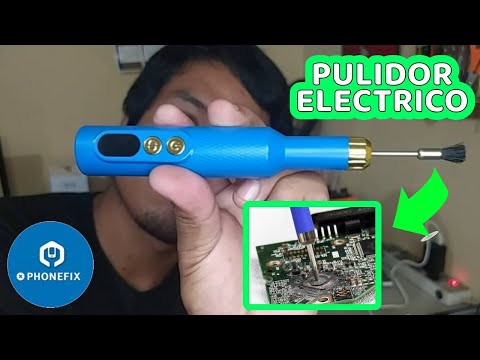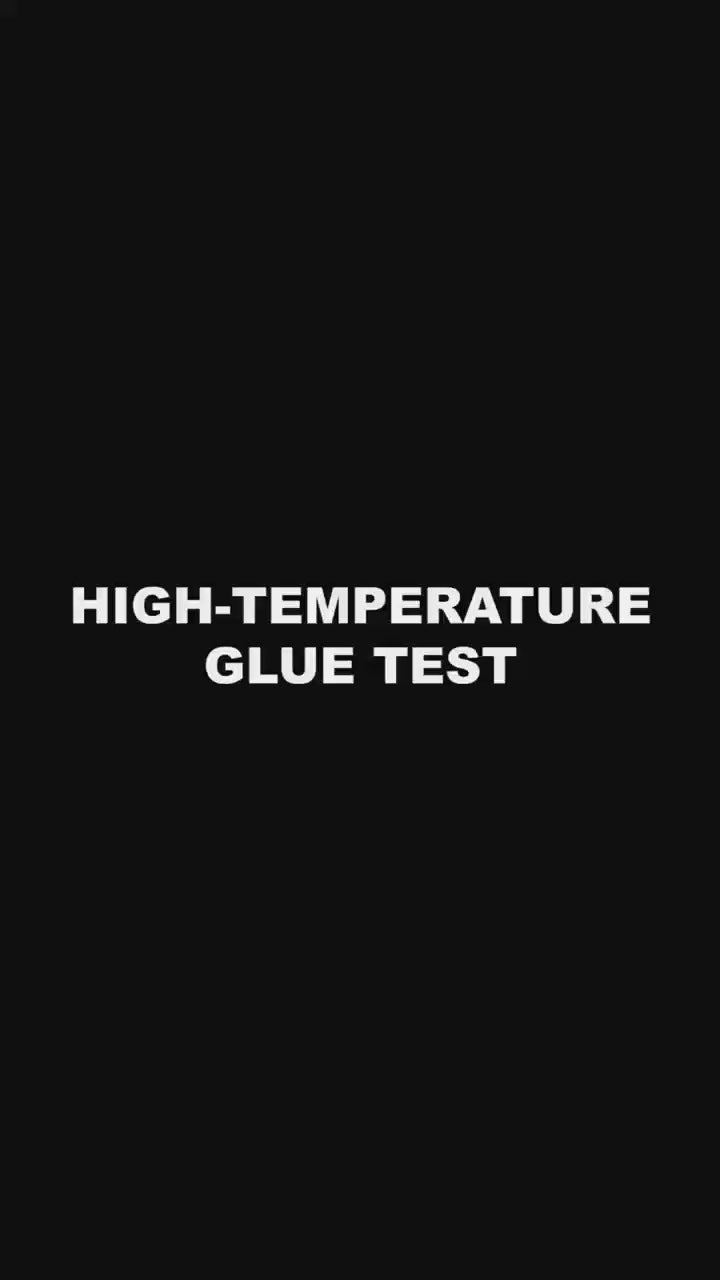Different methods can help you repair broken traces from a circuit board. If you want to order PCB repair tools, please check Phonefix and custom your order online.
In this passage, we will talk about the methods of how to repair the broken PCB traces and if you are curious about it, please check the content we provide below.
Damages on Traces
Along with physical damage, PCBs need rework and repair due to defective components. Components may fail for various reasons, including aging, dislodging and general quality.
Fixing damaged or defective pathways involves using the right material to solder the board in order to restore the damaged circuit and enable electricity to flow without disruption through the circuit board.
To repair broken or damaged traces on a circuit board, you will first need certain tools and equipment.
What will you need?
To start with, you are going to need a soldering iron. Remember that your soldering iron does not have to be the best in the market. However, it is recommended that you have an AIXUN T420D soldering station rather than just one soldering iron.
It is also very good to have multimeter so that you can keep a check on your work progress and to make sure you’ve renewed continuity in the damaged traces.
If you don’t have good eyesight, it is always a good choice to use a microscope.

How to Repair
Find the tiny crackThe first step towards successfully fixing the PCB trace is to find the tiny crack in it. Use an cloth to remove the green overcoat from the damaged trace. This is followed by cleaning the trace on either sides of the breakage until a shiny copper color appears.
Use a conductive pen to apply a generous amount of ink to coat the break and allow the board to set while ensuring that the ink dries completely.

Set your multimeter to the required range and obtain a reading across the area of the trace that has been fixed. It should provide a reading of 0 Ohms and in situations where the internal fuse resistance is read, a 0.5 Ohms reading or less indicates that the trace repair is effective.
The alternative for a circuit board that tends to flex or vibrate:
Find and prepare the damaged trace as mentioned in the above approach.After plugging in the soldering iron, use a wet sponge to clean the tip when it gets hot. Tin the tip that you have just cleaned by applying a light Rosin Core coating.
A tip that has been tinned correctly will look silver and bright. This is important because it conducts heat quicker and you minimize the risk of damaging the circuit board further while you repair the trace.

To Conclude
With careful consideration and some knowledge of printed board repair, you can easily repair the broken traces on a printed circuit board.The above-mentioned types of equipment can help make the repairing process easier. All you have to do is spot the broken trace, clean the corrosion, and apply new wires on them with the help of solder.
Also Read:
Ultimate Guide to Choosing PCB Layered Repair Preheater Platform










